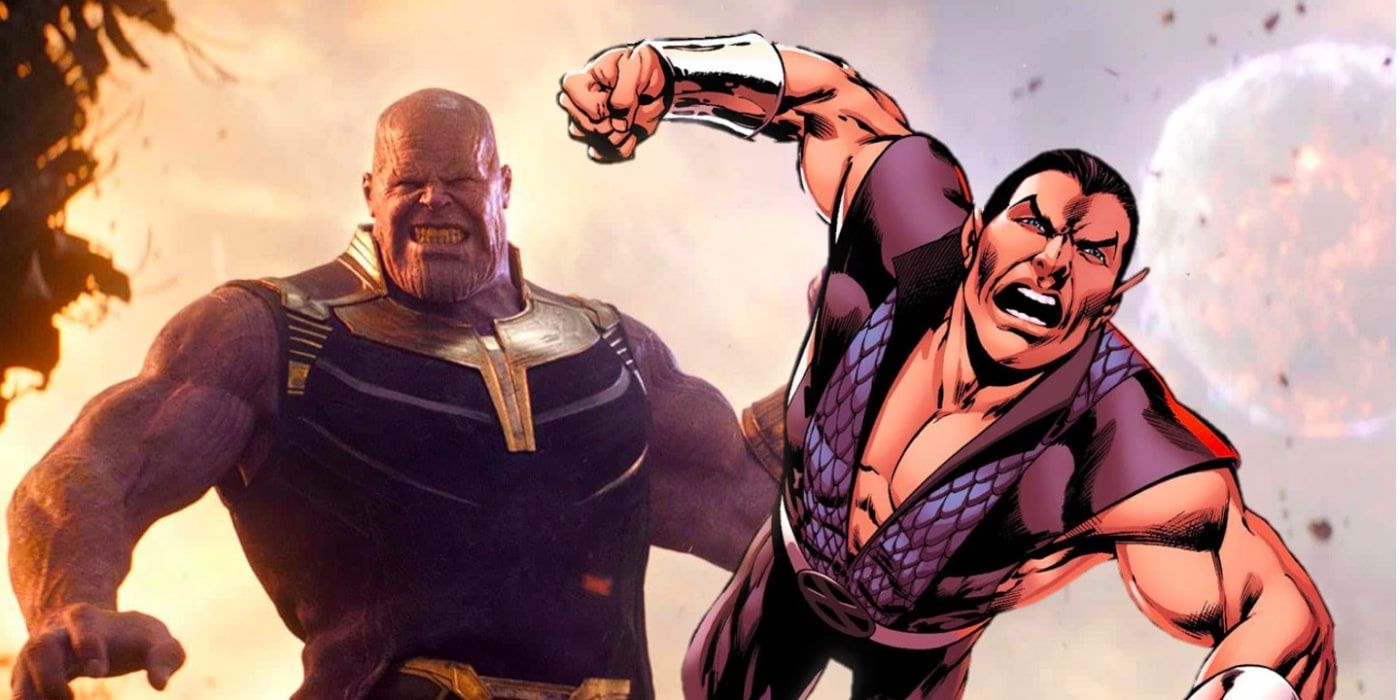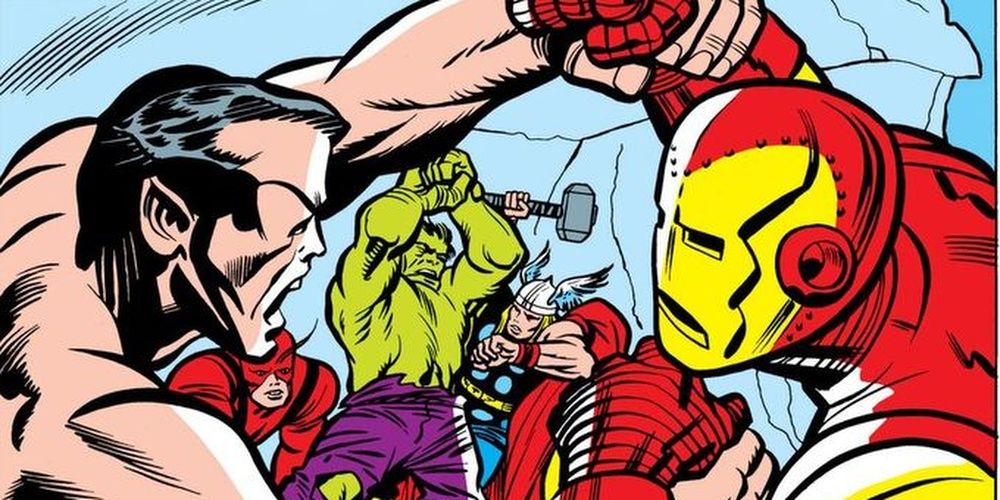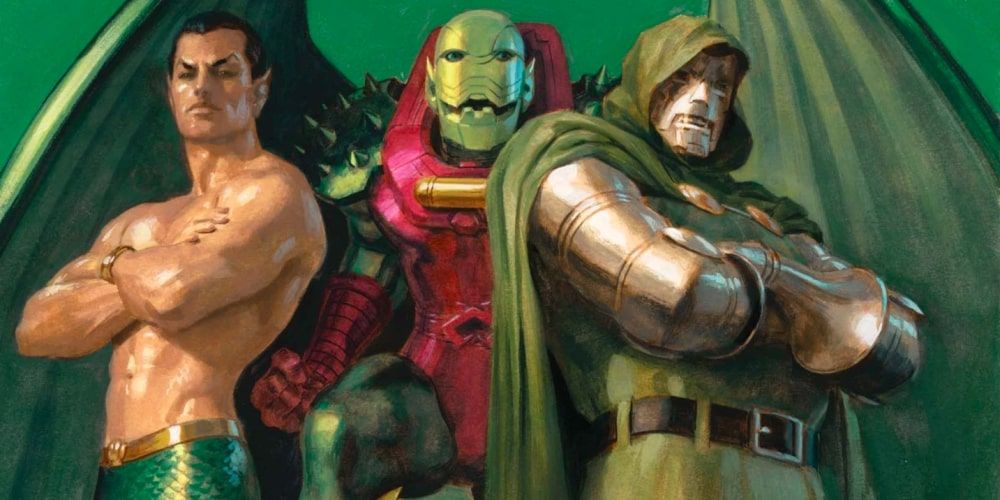Back in the 1960s when the Marvel universe was really starting to come together, Stan Lee featured Namor as a villain in practically every superhero book, from Daredevil to the X-Men. His hatred of the surface world brought him into conflict with humanity time and time again, continually proving that he was a force to be reckoned with. Namor made for a great recurring villain, standing out from other characters with his loud, brash personality. Just as Thanos was the overarching antagonist of the MCU's Infinity Saga, Namor had a strikingly similar role in the Silver Age, which he fulfilled to great effect.
While Namor’s original debut was in 1939, he officially became integrated into Marvel’s superhero universe in Fantastic Four #4 (by Stan Lee and Jack Kirby). The issue established that Namor's underwater kingdom of Atlantis was brutally destroyed by an atomic weapons test, fueling his bitterness toward the surface world. It seemed Namor wouldn’t be content until he had unleashed his vengeance on humanity, repeatedly coming into conflict with Marvel's heroes.
Namor was the Avengers’ First Recurring Villain
Avengers #4 (by Lee and Kirby) featured an incredibly fun plot, pitting Earth's Mightiest Heroes against Namor and the Hulk. The powerhouse duo made for the perfect pairing, both so angry at the world around them. The issue was notably a strong showcase of Namor’s pompous nature, constantly inflating his own sense of importance, often belittling the Hulk, and making claims that he was stronger than the Avengers. Namor's hubris was undoubtedly his deadliest asset, as it emboldened him to deliver some strong blows against the likes of Iron Man and Thor.
Afterward, Avengers #5 (by Stan Lee and Jack Kirby) showed the next phase of the Sub-Mariner’s war against the surface world. Namor’s menacing scheme managed to take the Avengers out of action, turning them all into stone statues. Though he didn’t account for Captain America’s sudden re-emergence from suspended animation, with Steve Rogers soon managing to revive the frozen heroes. This led to the issue’s visually arresting climax, where Namor and his own Atlantean army fought against the Avengers. Jack Kirby’s colorful art was a spectacular display of Namor’s physical prowess, proving to be a difficult opponent to defeat.
Namor Has Been One of the Fantastic Four's Biggest Enemies
Lee and Kirby's early Fantastic Four stories framed Namor as a prominent member of the team's rogues' gallery. His appearances reflected his complete disregard for all land-dwellers except Invisible Woman, desperate to win over her affection. As Fantastic Four #9 demonstrated, the Sub-Mariner was a dangerously obsessive character, putting all of Susan Storm’s teammates in dire jeopardy so that he could have her all to himself. The story was fittingly titled "The End of the Fantastic Four", exploring the extreme lengths Namor would go to in an attempt to rip the team apart.
Ultimately, Namor's multiple clashes with the Avengers and Fantastic Four showed that the Atlanteans' actions had a ripple effect all over the superhero community. Enraged by mankind's role in the destruction of Atlantis, Namor kept taking his anger out on humanity's greatest champions and even came close to wiping them off the map several times. Given how much of a persistent threat Namor was in the Silver Age, he truly felt like a Thanos-level threat.



